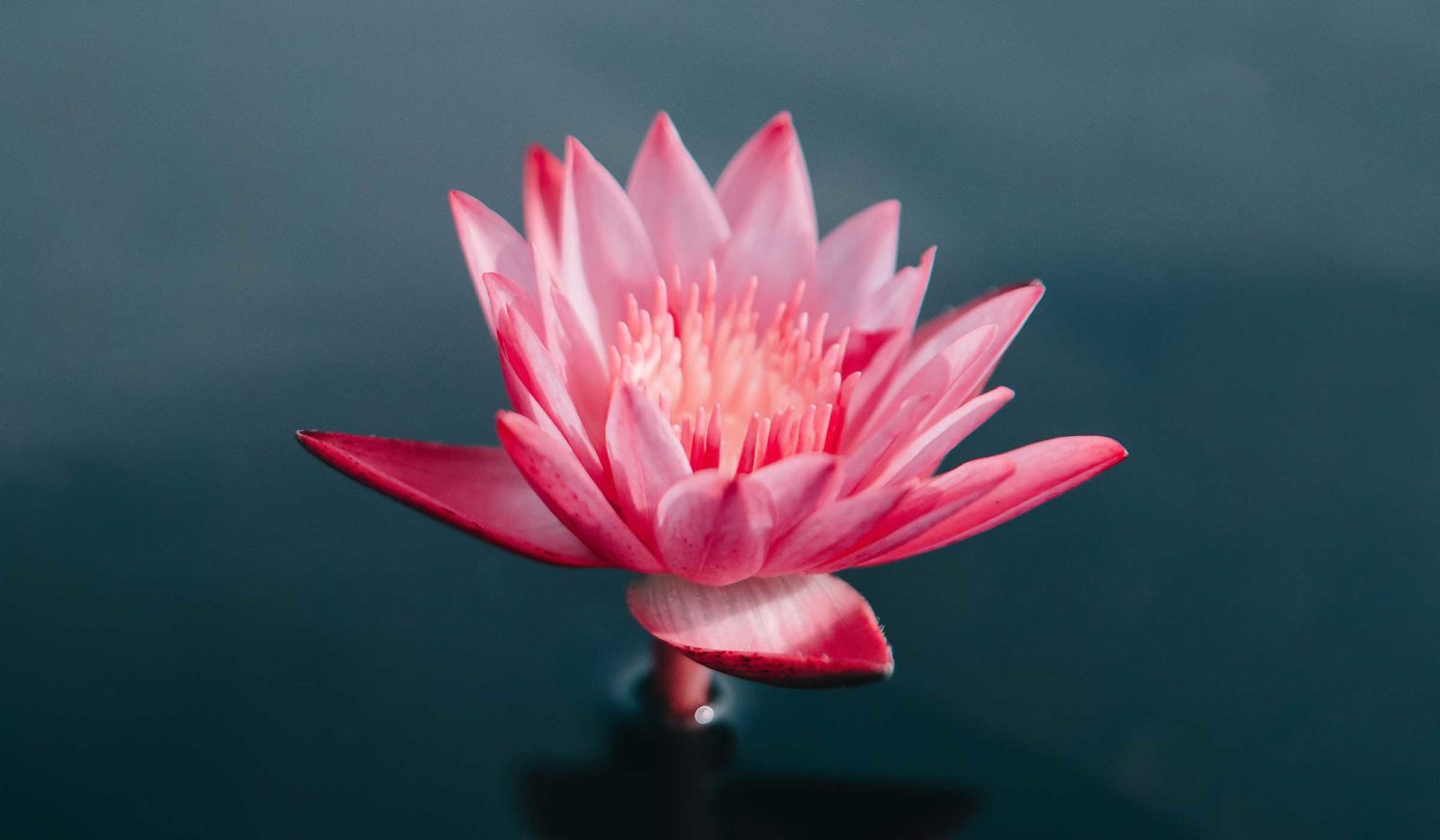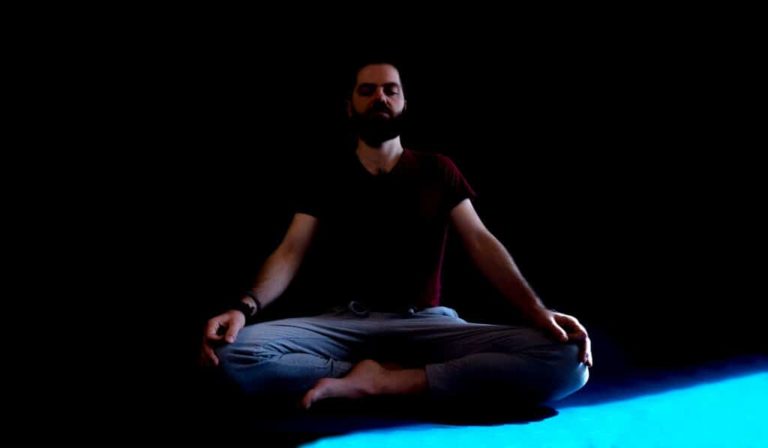Holistic yoga is not a yoga tradition nor a yoga style. Nevertheless, yoga teachers and practitioners use the term holistic to describe what they teach and practice. What does it mean exactly, and why is it that you can take your yoga to new heights by adopting a holistic approach? I will cover that in detail in this post. Read on to find out how to make your practice more complete and more satisfying.
A holistic approach favours the whole instead of the parts
When you are addressing the whole, then you are taking a holistic approach. You don’t focus excessively on any individual part. Instead, your primary concern is making the components work smoothly together as a whole.
“Something holistic is “dealing with or treating the whole of something or someone and not just a part.”
Definition from the Cambridge dictionary
There is also a notion of healing intrinsic to the term holistic. The idea is that when your whole system is in equilibrium, you are capable of healing any ailments yourself. You don’t need to wrestle with symptoms, but just focus on overall balance. It is possible to achieve overall balance with yoga, and there are many tools available for that.
But we can also look at holistic in terms of means rather than results. With a holistic approach to yoga, you will work with all available tools to touch all your being’s dimensions.
Now, this is where the magic comes. With holistic yoga, you get synergy between the different methods. The overall result is greater than the sum of its parts.
When you engage in yoga holistically, you will go more in-depth. You will benefit more by practising more thoroughly and intelligently.
Now, how does that work?
Holistic yoga is about more than poses
In modern yoga, asana, or yoga poses, tend to get the most attention, if not all. But there is a lot more to yoga. Traditionally pranayama (yogic breathing exercise), energy seals (mudras and bandhas), and various meditation types have been essential features of yoga. There is also a host of physical cleansing methods such as nose cleansing (neti), and intestinal cleansing (shankparakshalana).
When you take a holistic approach to yoga, you want to incorporate all these methods into your practice since they all act on different levels.
In a holistic method, there is room both for dynamic and calm practices
Physical yoga poses are not all about building strength and flexibility through dynamic yoga exercises. Very far from it. With a holistic asana practice, you would pay just as much attention to slow and deep stretching and to holding poses for many minutes at a time.
Besides, you would work with simple but efficient movements that stimulate energy points. The most beneficial physical yoga practices are not necessarily the ones that look good on Instagram.
You would also often bring your breath into your physical practices.
In holistic yoga, mediation is more than mindfulness
Meditative practices are just as important as physical ones for adepts of holistic yoga. At present, mindfulness meditation in various forms dominates the popular meditation scene. Today mindfulness has become a brand of its own. Yet mindfulness only designates a fundamental meditative attitude that is common to many meditation types. It is an attitude that everyone should learn since it has many benefits.
But there is much more to meditation than mindfulness. If you opt for holistic yoga, it’s in your interest to engage your mind in different ways to touch on all its functions.
Apart from developing the capacity to observe your mind and emotions without identifying with them, you would want to train your concentration. Furthermore, you would work to strengthen your ability to visualise and your memory. By training your attention, you also want to develop your sensitivity to the subtle energetic processes that underlie your physical body.
Holistic yoga is not only about techniques
With a holistic approach to yoga, your practice does not only happen on your yoga mat. Instead, you are living yoga in every moment. You engage in karma yoga which is the yoga of action. You devote yourself to your chores and responsibilities and carry them out not just to get a result, but for the sake of the action itself.
Also, you select influences you expose yourself to strategically and choose situations and the company of people that elevate you and keep you on the path.
In a complete yoga, there is room for devotion
Cultivating devotion is a way to make your life easier. Therefore, you should consider including it. You can induce devotion by singing (for example, kirtan). But you can also engage in it through prayers and rituals. You can even strengthen your devotion in meditation by making it your meditation object.
Holistic yoga takes diet into account
Modern medicine pays little attention to diet. If you have had a meal in a hospital, you know what I am talking about. But food has an immediate impact on our mental state and in the long run on our health.
A suitable diet goes a long way in keeping you healthy and energetic. With a holistic approach to health, you take all parameters into account. Hence, the diet should not escape your attention. As a yoga and meditation practitioner, you are likely to feel a natural attraction to food that is good for you. When you have made yourself in-tune with your real needs, you will even want to eat healthily.
Giving your body what it needs and leaving that which disturbs it will help you enjoy your yoga practice more.
The Satyananda system is an example of a holistic yoga
I teach and practice a yoga style that I think is an excellent example of holistic yoga. It is the yoga of the Satyananda tradition. I dedicate both my live courses and my online courses to this yoga.
The Satyananda style is a comprehensive yoga approach that incorporates cleansing methods, dynamic and static yoga poses, breathing exercises, mudras and bandhas, and many meditation forms. For example, we use the Antar Mauna meditation, a multi-step meditation that incorporates several different techniques. The most potent practices of this tradition are called Kriya Yoga.
Satyananda Yoga or Bihar yoga as people also call it is a significant yoga current in northern India. Though less known in other countries, it has an international presence.
How to turn your current yoga method into a holistic practice
No matter what yoga style you are practising, you can make your yoga more holistic by taking an overall approach. Learn pranayama to work with your breath and to enhance the benefits of your yoga poses. If you do not already know meditation and concentration, learn it now and combine it with your yoga practice. Try yoga nidra, pay more attention to what you eat and adopt a karma yoga attitude to life.
If all you have seen of yoga at present is poses, you will be amazed by what you still have left to discover should you decide to walk that extra mile.
If you want to practice in a tradition that already offers holistic yoga, try my online yoga sessions. They are 2h+ sessions combining yoga poses, pranayama, yoga nidra, concentration and meditation in an approach that engages all the dimensions of your being.




